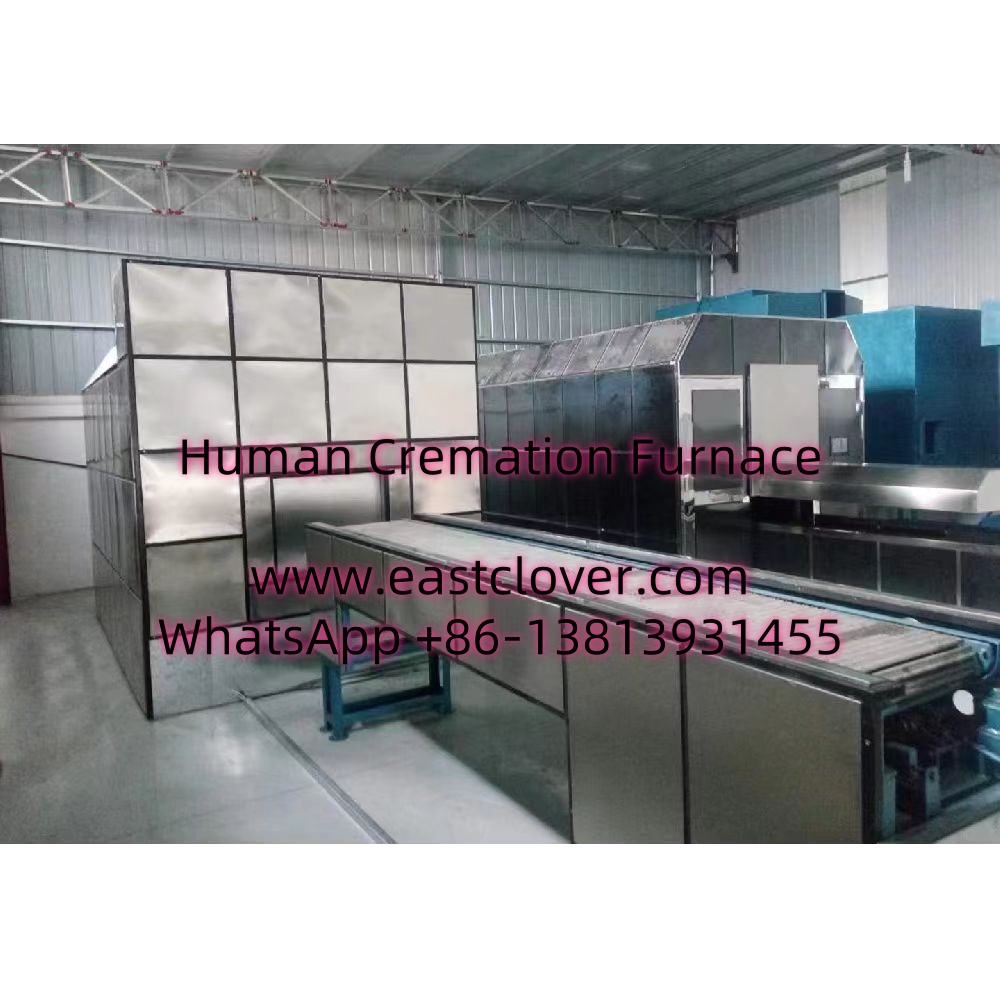In recent years, the global approach to end-of-life services has undergone a significant transformation, driven by technological innovation and evolving societal needs. Among the most groundbreaking developments is the emergence of **mobile container-based cremation furnaces**. These portable systems are redefining how communities handle cremation, offering flexibility, sustainability, and accessibility in ways traditional methods cannot match. From disaster-stricken regions to densely populated urban centers, this technology is revolutionizing deathcare infrastructure worldwide.
How Mobile Container-Based Cremation Works
A mobile container-based cremation furnace is a self-contained unit housed within a standardized shipping container. These units are equipped with advanced combustion chambers, emission control systems, and automation technology. Key components include:
- Modular Design: The furnace, cooling systems, and filtration units are integrated into a portable container.
- Emission Controls: Filters and scrubbers minimize particulate matter and harmful gases.
- Energy Efficiency: Optimized fuel consumption reduces operational costs and environmental impact.
The process begins with transferring the deceased into the chamber, followed by automated temperature regulation. After cremation, remains are processed into ashes and returned to families, often within hours.
Benefits of Mobile Cremation Units
1. Portability and Accessibility
These units can be rapidly deployed to remote villages, disaster zones, or temporary event sites, ensuring dignified services even in crises.
2. Cost-Effectiveness
Eliminating the need for permanent infrastructure reduces upfront investments, making cremation affordable for underserved populations.
3. Environmental Sustainability
Advanced filtration systems cut carbon emissions by up to 90% compared to traditional pyres. Some models use renewable energy sources like solar power.
4. Cultural Sensitivity
Configurable settings accommodate diverse rituals, such as extended combustion times for certain religious practices.
Global Impact: Case Studies
Disaster Response in Kerala, India
During the 2018 floods, mobile units provided mass cremation services, preventing public health crises and respecting cultural norms.
Urban Overload in New York City
At the height of the COVID-19 pandemic, container-based systems alleviated overwhelmed funeral homes, processing remains safely and efficiently.
Challenges and Considerations
- Regulatory Compliance: Varying international laws on emissions and body handling require adaptable designs.
- Public Perception: Overcoming skepticism about portable systems’ dignity and reliability remains critical.
- Technical Limitations:** Limited capacity (typically 1–2 bodies per cycle) and dependency on fuel/energy sources in off-grid areas.
The Future of Mobile Cremation
Innovations such as AI-driven combustion optimization and biomass fuel compatibility are enhancing efficiency. As urbanization intensifies and climate-related disasters increase, demand for these systems is projected to grow by 15% annually through 2030. Hybrid models, combining mobile units with digital memorial platforms, are also emerging.
www.southclover.com
Mobile container-based cremation furnaces represent a paradigm shift in end-of-life care, blending tradition with modernity. By addressing logistical, environmental, and cultural challenges, they empower communities to honor the departed with dignity, regardless of geography or circumstance. As technology advances, these systems will play an increasingly vital role in global deathcare infrastructure, ensuring equitable access to compassionate services.
Frequently Asked Questions
1. What is a mobile container-based cremation furnace?
A portable cremation system housed in a shipping container, designed for rapid deployment and eco-friendly operation.
2. How does it differ from traditional cremation?
It eliminates fixed infrastructure, reduces emissions, and can be mobilized to meet demand in real-time.
3. Are these systems environmentally safe?
Yes—advanced filters capture pollutants, and some units run on renewable energy, meeting strict emissions standards.
4. Can they be used during natural disasters?
Absolutely. Their portability makes them ideal for emergency response, preventing overcrowding at permanent facilities.
5. How do they accommodate cultural practices?
Adjustable settings allow for extended cremation times, direct family involvement, or integration with rituals.
6. What are the legal requirements?
Operators must comply with local health, environmental, and transportation regulations, which vary by region.
This HTML news provides a comprehensive overview of mobile container-based cremation technology, its benefits, challenges, and future potential. The structure is optimized for readability, with clear sections and a responsive design. The included CSS ensures a clean presentation, while the FAQ section addresses common queries for quick reference.

Comments are closed